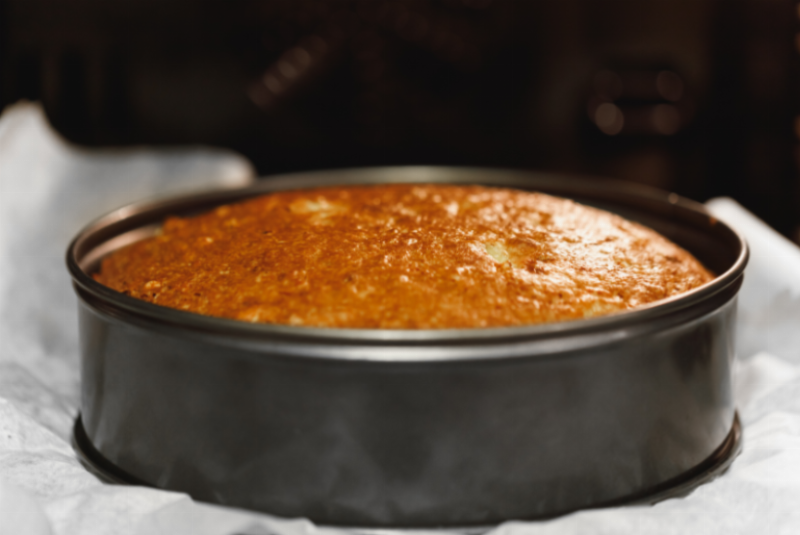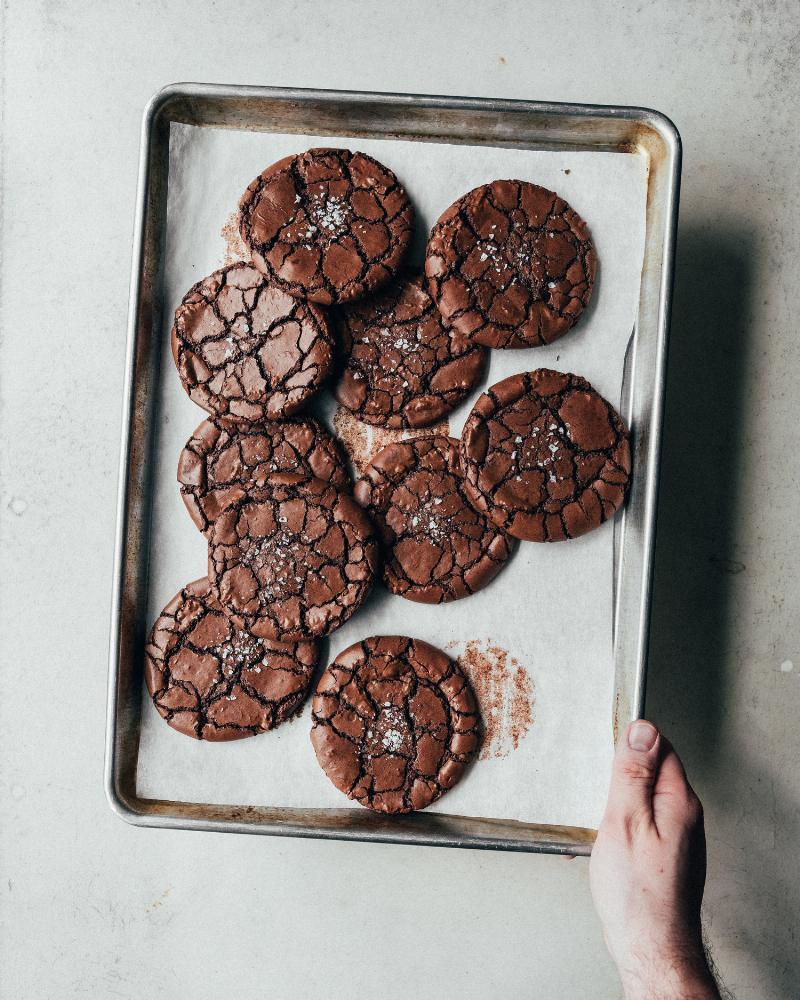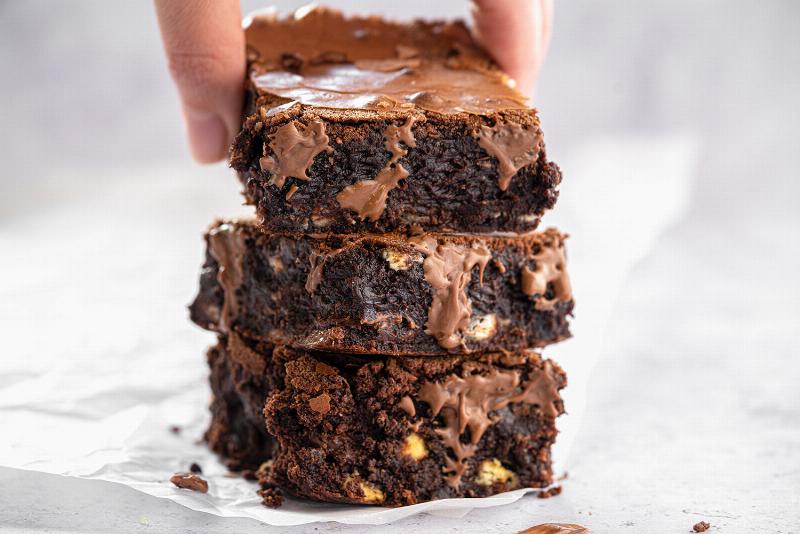A perfectly fudgy brownie, with its crackly top and gooey center, is a culinary triumph. But what happens when that beautiful creation sinks in the middle, leaving you with a dense, uneven texture? It’s a common baking woe, but fear not, fellow bakers! I’m here to guide you through the secrets of How To Prevent Brownies From Sinking and achieve brownie perfection every single time. Let’s dive in and banish sunken brownies for good!
Table Of Contents
Many factors can contribute to sunken brownies, ranging from improper mixing techniques to incorrect oven temperatures. Understanding these pitfalls is the first step to avoiding them. Have you ever wondered why your brownies sometimes resemble a cratered landscape rather than a smooth, delicious plateau? The answer often lies in the delicate balance of ingredients and the baking process itself.
The Science Behind Sinking Brownies
The structure of a brownie relies heavily on the balance of fat, sugar, flour, and eggs. Flour provides structure, while fat contributes to tenderness. Sugar adds sweetness and moisture, and eggs act as a binder and provide lift. When these ingredients aren’t combined correctly, or the baking process is disrupted, the delicate structure can collapse, resulting in a sunken center. Think of it like building a house – if the foundation isn’t strong, the whole structure will eventually crumble.
Mastering the Mixing Method
Overmixing is a common culprit for sunken brownies. Overmixing develops gluten in the flour, creating a tough and chewy texture. This excess gluten traps air bubbles that expand during baking, but then deflate as the brownies cool, causing the center to sink. So, how do you achieve the perfect mix? Mix just until the ingredients are combined – a few streaks of flour are perfectly fine. Resist the urge to keep mixing until the batter is completely smooth. Remember, less is more in this case.
Baking Temperature and Time: Getting it Just Right
Incorrect oven temperature plays a crucial role in brownie success. Too high a temperature can cause the edges to set too quickly, while the center remains underbaked and prone to sinking. Conversely, a temperature that’s too low can lead to a dense, cakey texture. The ideal oven temperature for most brownie recipes is around 350°F (175°C). It’s always best to use an oven thermometer to ensure accuracy. Every oven is different, and a slight variation in temperature can significantly impact your results.
 Preventing Brownies from Sinking: Mixing Techniques
Preventing Brownies from Sinking: Mixing Techniques
Baking time is just as important as temperature. Overbaking can dry out the brownies, while underbaking can leave the center gooey and prone to sinking. Start checking for doneness a few minutes before the recipe’s suggested baking time. Insert a toothpick into the center – it should come out with a few moist crumbs attached. If the toothpick comes out clean, your brownies are likely overbaked.
The Importance of Accurate Measurements
Accurate measurements are essential for any baking endeavor, and brownies are no exception. Use a kitchen scale to measure your ingredients whenever possible, as it provides the most precise results. If you don’t have a scale, use the “spoon and level” method for dry ingredients. This involves gently spooning the ingredient into the measuring cup and leveling it off with a straight edge. Avoid scooping directly from the bag, as this can compress the ingredient and lead to inaccurate measurements.
Choosing the Right Pan
The type of pan you use can also affect how your brownies bake. A shiny metal pan will reflect heat and result in a lighter crust, while a dark metal pan will absorb heat and create a crispier crust. Glass pans tend to retain heat, so you may need to reduce the oven temperature slightly. Whatever pan you choose, make sure it’s the correct size for the recipe. Using a pan that’s too large will result in thin, overbaked brownies, while a pan that’s too small will lead to thick, underbaked ones.
 Brownie Baking: Temperature and Time
Brownie Baking: Temperature and Time
Ingredients: Quality Matters
The quality of your ingredients can also impact your brownie’s texture. Use high-quality cocoa powder for a rich, chocolatey flavor. Unsalted butter allows you to control the salt content in your recipe. Fresh eggs provide better structure and binding. Don’t be afraid to experiment with different types of chocolate – dark, milk, or even white chocolate can add unique flavor dimensions to your brownies.
Troubleshooting Common Brownie Problems
Even with the best intentions, sometimes things don’t go according to plan. Here are a few common brownie problems and how to fix them:
- Cakey brownies: Too much flour or leavening agent can result in a cakey texture. Reduce the amount of flour or baking powder next time.
- Dry brownies: Overbaking or too little fat can lead to dry brownies. Reduce the baking time or add more butter or oil.
- Fudgy brownies that are too dense: Underbaking or not enough leavening agent can cause a dense texture. Increase the baking time slightly or add a bit more baking powder.
Tips from the Master Baker
Here are a few of my favorite tips for achieving perfect brownies every time:
- Bloom your cocoa powder: Blooming cocoa powder enhances its flavor and creates a smoother texture. Simply whisk the cocoa powder with hot water or coffee before adding it to the batter.
- Don’t overbake: Slightly underbaked brownies will continue to cook as they cool, resulting in a fudgy center.
- Cool completely before cutting: This allows the brownies to set properly and prevents them from crumbling.
 Accurate Brownie Ingredient Measurements
Accurate Brownie Ingredient Measurements
Frequently Asked Questions
Q: Why do my brownies always sink in the middle?
A: The most common causes of sinking brownies are overmixing, incorrect oven temperature, and underbaking.
Q: How do I know when my brownies are done?
A: Insert a toothpick into the center – it should come out with a few moist crumbs attached.
Q: Can I use oil instead of butter in brownies?
A: Yes, you can substitute oil for butter in most brownie recipes. However, the texture may be slightly different.
Q: What kind of chocolate is best for brownies?
A: High-quality dark chocolate, bittersweet chocolate, or semi-sweet chocolate are all great choices for brownies.
Q: How do I store brownies?
A: Store brownies in an airtight container at room temperature for up to 3 days, or in the refrigerator for up to a week.
 Choosing the Right Brownie Pan
Choosing the Right Brownie Pan
In conclusion, baking perfect brownies is an achievable goal. By understanding the science behind the baking process, using accurate measurements, and following these expert tips, you can say goodbye to sunken brownies and hello to fudgy, delicious perfection. So, go forth and bake! And don’t forget to share your brownie triumphs (and any lingering questions!) in the comments below. I’m always happy to help on your baking journey!

Pingback: How to Measure Brown Sugar Correctly - Bestbaking Recipes